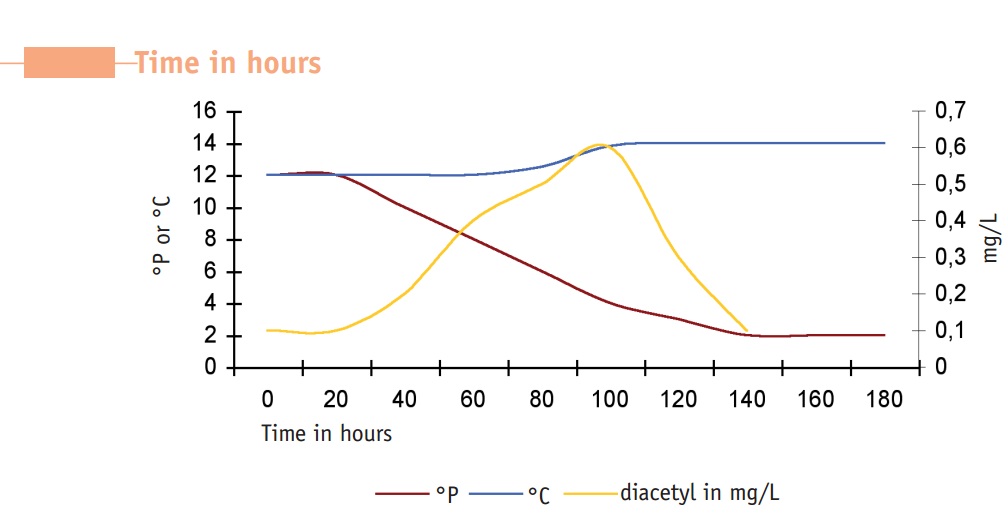from what I read, you should only really cold pitch if you are 100% confident you have the volume of yeast cells. a pack of dry yeast has viability but I would be a bit nervous about the cell count so would quietly be either pitching at fermentation temperature or a couple of degrees warmer... as everyone has suggested above.
The 'waiting 12hrs' is also more for signs of activity before you change the temperature to fermentation temp (presumably 10°C). I would agree with this with a warm pitch.
The cold pitching thing... I'm not so sure about it. What's wrong with pitching the correct cell count of active yeast at the temperature you will ferment?
I have just done a pils, which was 1.5L, 2.5L then 2.5L (to freshen it up, not so much for growth) stir-plated starters. 50L of 1.045, so that should have been about 1.5mil/°mL. I pitched at 8°C, waited until there was pressure in the airlock after swirling a few times - ended up being 12 or 18hrs... not at my computer so can't remember - then warmed up to 10°C.
Comments? The beer is ridiculously clean, but still has buttery notes - this is diacetyl, not DMS as I think has been confused above. Not a hint of ester. Diacetyl did get a bit stronger, but I haven't tasted since dropping to lagering temps.
I would say it is the cleanest lager I've done, but previous lagers have only had about 1mil/°mL and I would say this, then pitched at correct fermentation temp, is more important than cold pitching. Anecdotal a bit, but I haven't seen a lot of science about the cold pitching. Thought I would give it a go though.







